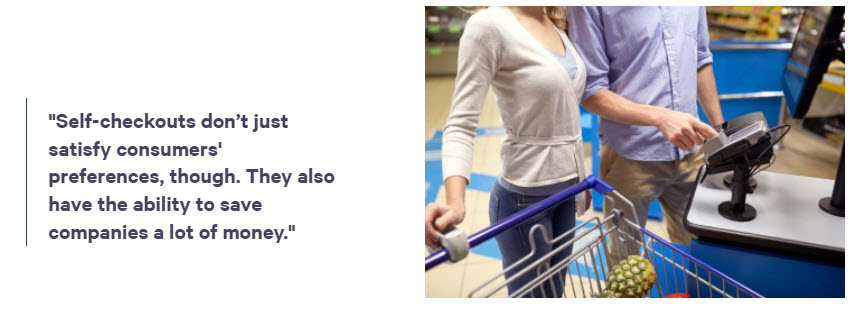Yes, we acknowledge there was a time when the jokes about vending machine coffee were very true. The original coffee vending machines were pretty bad.
But Crane has spent years perfecting their new equipment to give the best baristas a challenge on taste. In are Crane coffee vending machines with bean grinders integrated in the machines for truly fresh ground coffee. Then there is an amazing selection of quality options to create the perfect cup. Choose from a variety of flavors, frothing and sweetening options. Create your perfect cup – and the machine will remember your order for the next time.
These machines are replacing many restaurant, coffee shop and bar baristas as the quality is the same cup after cup.
If you are looking at the coffee station in your breakroom as a constant disaster, replacing the mess with a simple Crane coffee machine could be a simple solution. Or if you cater to a particularly picky coffee crowd, these units can save you time, employees and money to service your crowds.
Start with a free cup of coffee from any of our GAD sales staff. Then order your new coffee station for immediate use from our stock in Omaha, Des Moines and Kansas City.















